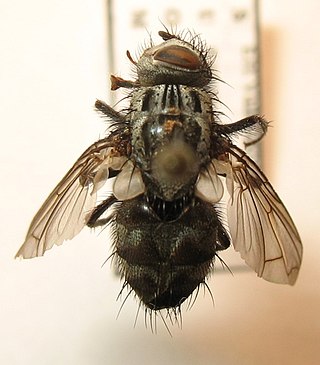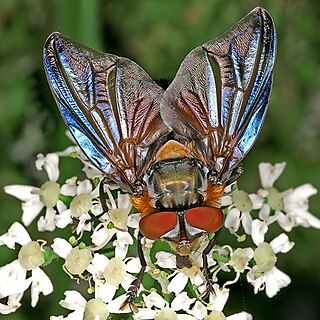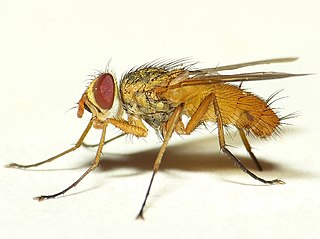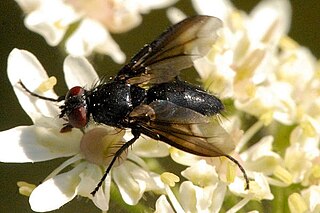
Billaea is a genus of flies in the family Tachinidae. Most larvae, where known are parasitoids of Coleoptera or Lepidoptera (Pyralidae)
Blepharella is a genus of flies in the family Tachinidae.

Carcelia is a genus of flies in the family Tachinidae.

Exorista is a genus of flies in the family Tachinidae.
Nealsomyia is a genus of flies in the family Tachinidae.

Phasia is a genus of flies in the family Tachinidae.
Sisyropa is a genus of flies in the family Tachinidae.

Winthemia is a genus of flies in the family Tachinidae.

Leskia is a genus of flies in the family Tachinidae.

Linnaemya is a genus of flies in the family Tachinidae.

Loewia is a genus of flies in the family Tachinidae.

Voriini is a tribe of flies in the family Tachinidae. More junior homonyms exist of Wagneria than any other animal genus name.

Dexiinae is a subfamily of flies in the family Tachinidae.

Exoristinae is a subfamily of flies in the family Tachinidae. Most species are parasitoids of caterpillars.

Eryciini is a tribe of flies in the family Tachinidae.

Goniini is a tribe of parasitic flies in the family Tachinidae. Members of Goniini are distinguished from other Tachinidae by laying small "microtype" eggs that hatch only after being ingested by a host.

Phasiinae is a subfamily of flies in the family Tachinidae. Except for the small tribe Strongygastrini members of this subfamily attack only Heteroptera.

Tachininae is a subfamily of flies in the family Tachinidae.

Leskiini is a tribe of flies in the family Tachinidae.













